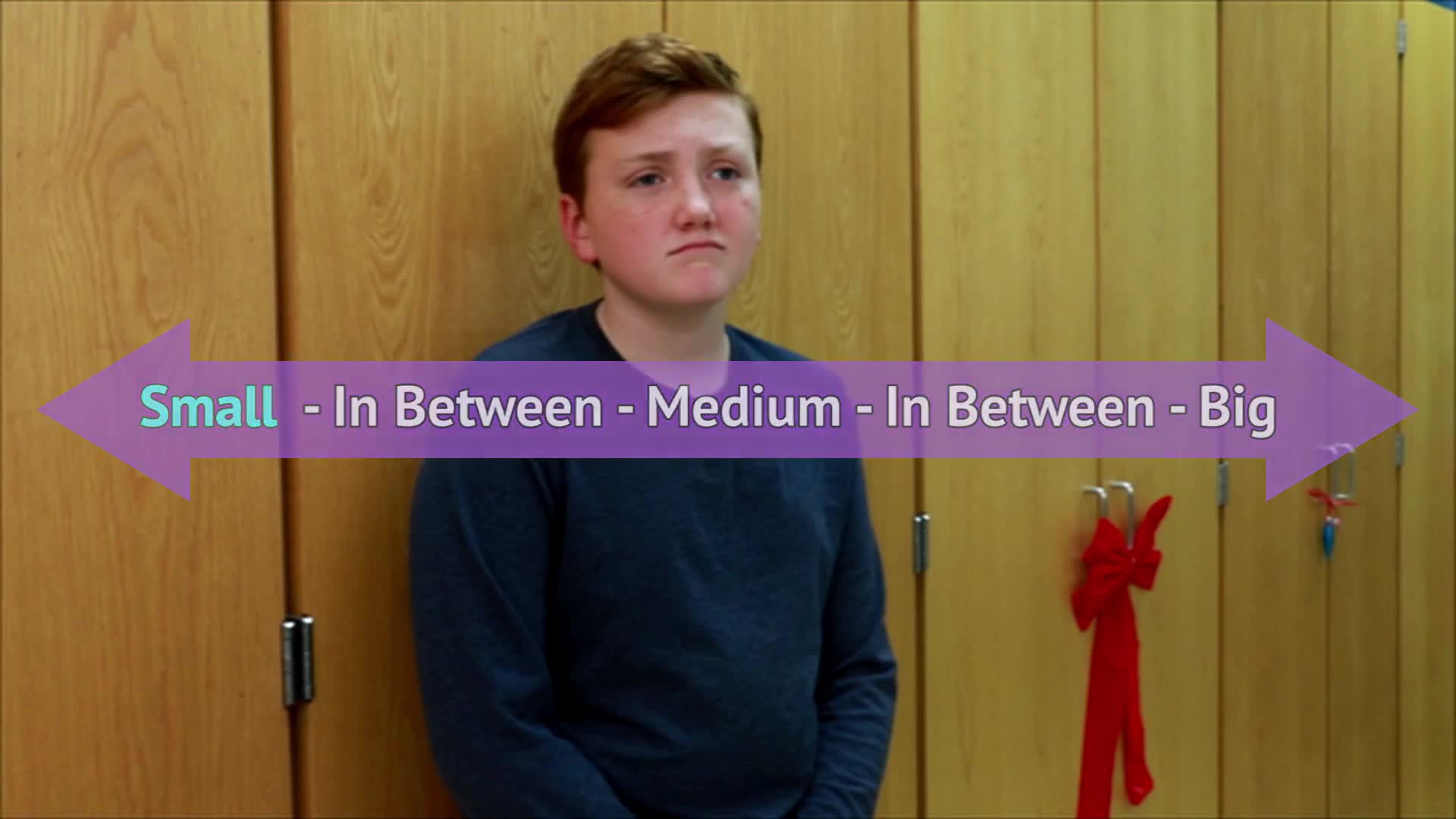
Introduction
As educators, we strive to teach our students valuable life skills that will help them navigate the challenges they encounter. One such skill is problem-solving, a crucial aspect of Social-Emotional Learning. Welcome to Solve It, a game designed to teach students how to approach and solve problems using a step-by-step process. By engaging in this activity, students will learn to identify problems, assess their size, brainstorm possible solutions, choose and try a solution, and reassess the situation. This blog post will introduce a no-prep activity for educators to use in the classroom, provide discussion questions, mention related skills, and guide you towards next steps.
No-Prep Activity
Here’s an easy and engaging activity that requires no preparation or materials from the educator. This activity is called “Problem-Solving Scenarios.”
- Divide the students into small groups.
- Present a hypothetical problem or scenario to each group. For example, “Your group is working on a project, but one member isn’t contributing.”
- Have the students go through the Solve It steps to address the problem:
- Identify the problem
- Figure out how big the problem is
- Think of possible solutions
- Pick a solution
- Try that solution and reassess it
- Encourage students to discuss their feelings throughout the process.
- After completing the activity, have each group share their chosen solution and the steps they took to arrive at it.
Discussion Questions
After completing the activity, use these questions to stimulate further discussions among the students:
- How did you feel when you encountered the problem? How did your feelings change as you went through the problem-solving steps?
- Why is it important to identify the size of a problem before trying to solve it?
- How did working in a group influence your problem-solving process? Did it make it easier or more challenging?
- Can you think of a real-life situation where you used problem-solving skills? How did it turn out?
- Why is it important to reassess a solution after trying it, and what can you learn from this process?
Related Skills
Problem-solving is just one of the many skills students can develop through Social-Emotional Learning. Other relevant skills for students include:
- Communication: Effectively expressing thoughts and feelings to others.
- Empathy: Understanding and sharing the feelings of others.
- Decision-making: Evaluating options and making informed choices.
- Conflict resolution: Addressing disagreements and finding mutually beneficial solutions.
- Self-awareness: Recognizing one’s emotions, strengths, and weaknesses.
Next Steps
Now that you’ve learned about Solve It and its potential benefits for students, we encourage you to explore more Social-Emotional Learning resources. To help you get started, we invite you to sign up for free samples of the discussed skill and other materials. These resources will provide you with the tools to support your students’ growth and development in a variety of essential life skills.

